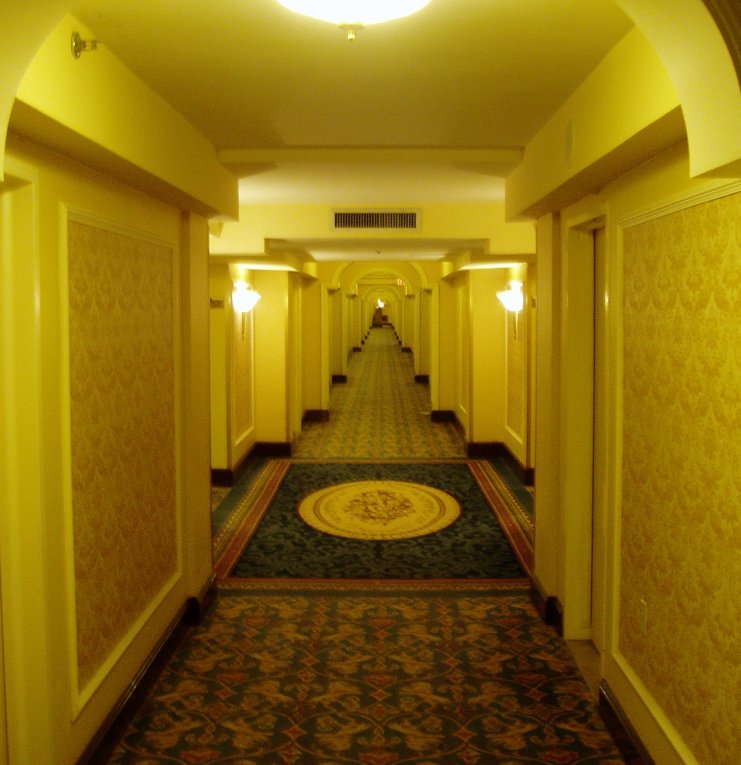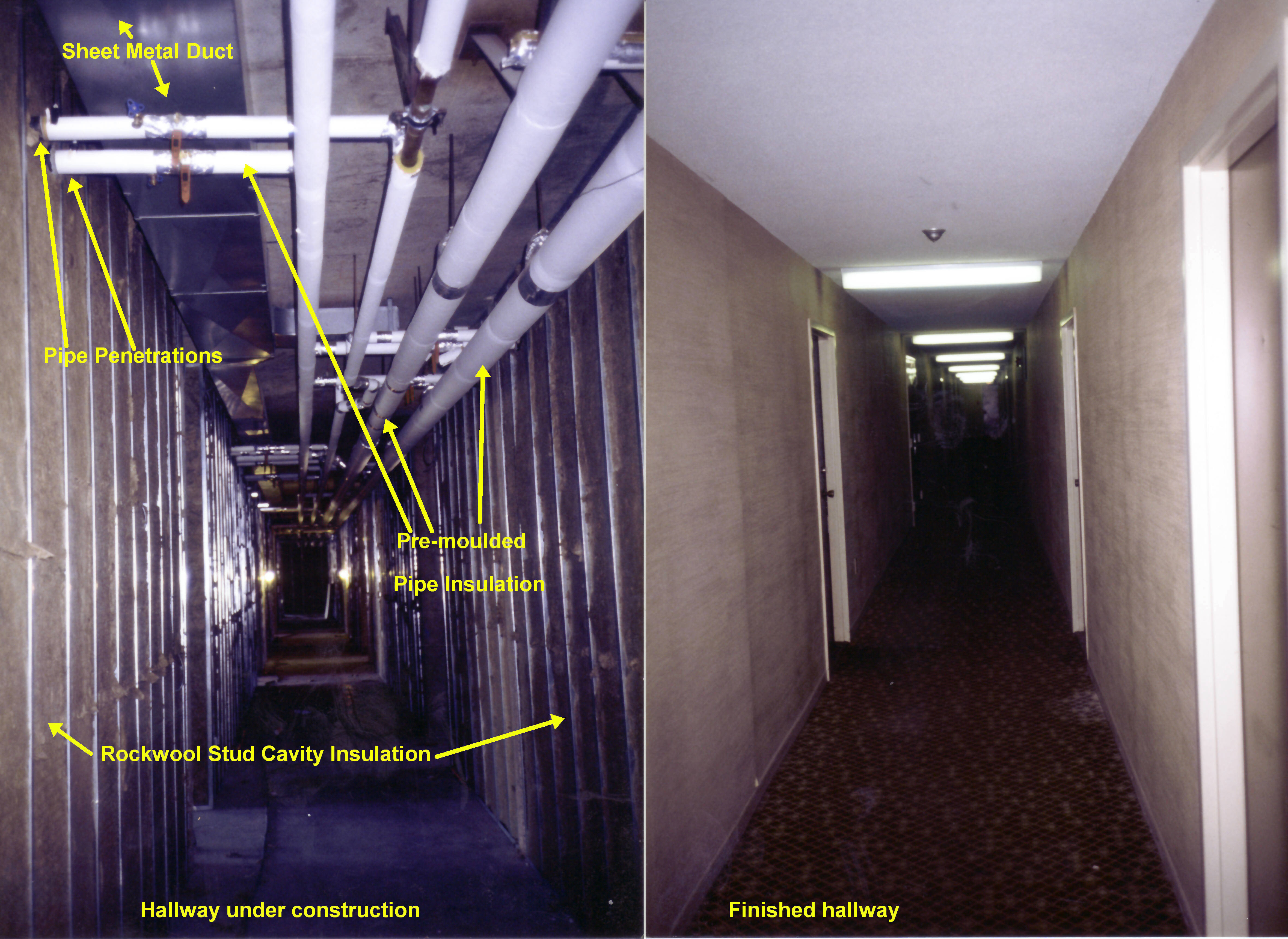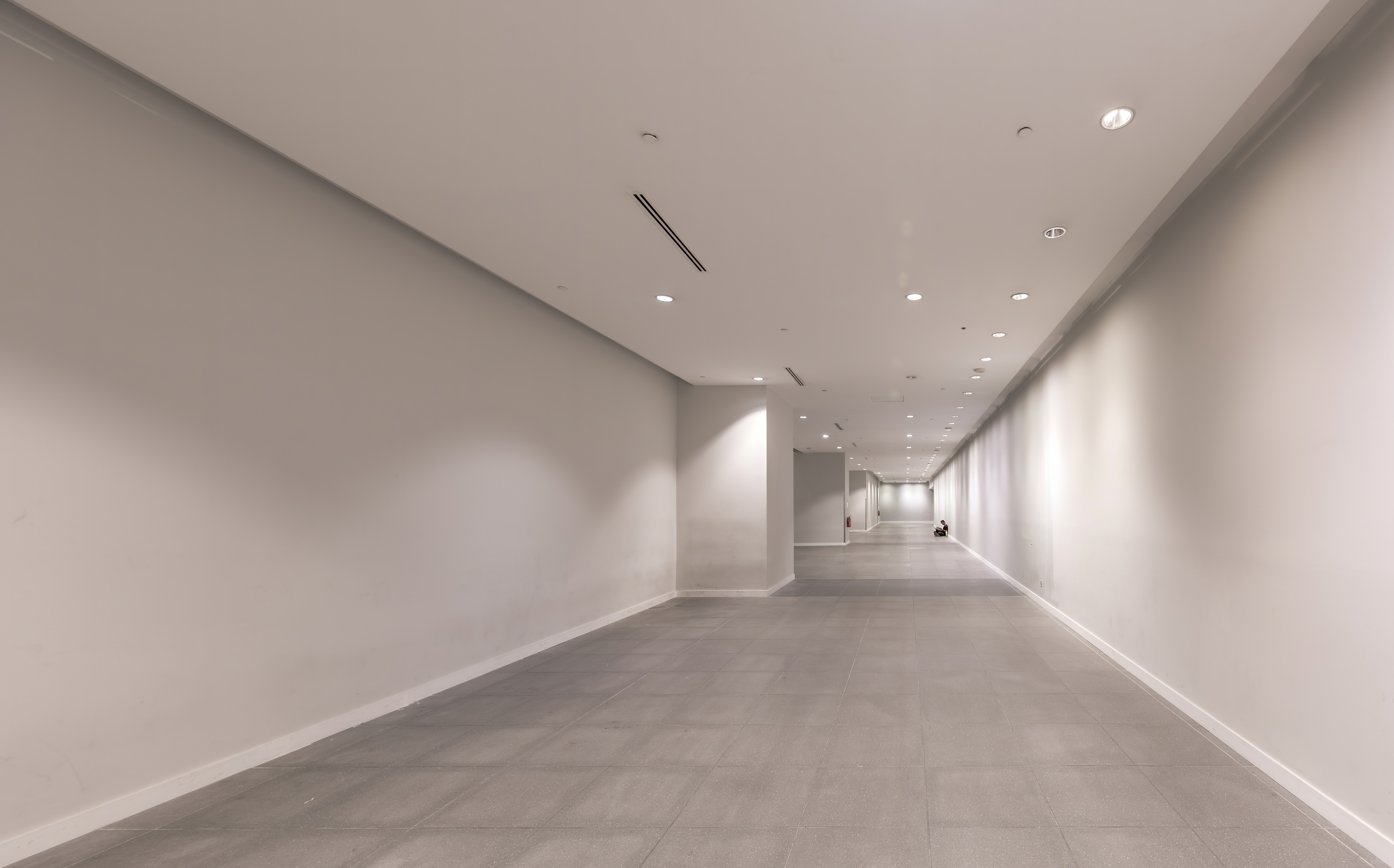Hall on:
[Wikipedia]
[Google]
[Amazon]



 In
In
 Many institutions and buildings at colleges and
Many institutions and buildings at colleges and
 In architecture, the term "double-loaded" describes corridors that connect to rooms on both sides. Conversely, a single-loaded corridor only has rooms on one side (and possible windows on the other). A blind corridor does not lead anywhere.
* Billiard hall
* City hall, town hall or village hall
* Concert hall
*
In architecture, the term "double-loaded" describes corridors that connect to rooms on both sides. Conversely, a single-loaded corridor only has rooms on one side (and possible windows on the other). A blind corridor does not lead anywhere.
* Billiard hall
* City hall, town hall or village hall
* Concert hall
*


 In
In architecture
Architecture is the art and technique of designing and building, as distinguished from the skills associated with construction. It is both the process and the product of sketching, conceiving, planning, designing, and constructing buildings ...
, a hall is a relatively large space enclosed by a roof and walls. In the Iron Age
The Iron Age is the final epoch of the three-age division of the prehistory and protohistory of humanity. It was preceded by the Stone Age ( Paleolithic, Mesolithic, Neolithic) and the Bronze Age ( Chalcolithic). The concept has been mostly ...
and early Middle Ages in northern Europe, a mead hall
Among the early Germanic peoples, a mead hall or feasting hall was a large building with a single room intended to receive guests and serve as a center of community social life. From the fifth century to the Early Middle Ages such a building was t ...
was where a lord and his retainers ate and also slept. Later in the Middle Ages
In the history of Europe, the Middle Ages or medieval period lasted approximately from the late 5th to the late 15th centuries, similar to the post-classical period of global history. It began with the fall of the Western Roman Empire ...
, the great hall
A great hall is the main room of a royal palace, castle or a large manor house or hall house in the Middle Ages, and continued to be built in the country houses of the 16th and early 17th centuries, although by then the family used the gr ...
was the largest room in castles and large houses, and where the servants usually slept. As more complex house plans developed, the hall remained a large room for dancing and large feasts, often still with servants sleeping there. It was usually immediately inside the main door. In modern British houses, an entrance hall next to the front door remains an indispensable feature, even if it is essentially merely a corridor.
Today, the (entrance) hall of a house is the space next to the front door or vestibule
Vestibule or Vestibulum can have the following meanings, each primarily based upon a common origin, from early 17th century French, derived from Latin ''vestibulum, -i n.'' "entrance court".
Anatomy
In general, vestibule is a small space or cavity ...
leading to the rooms directly and/or indirectly. Where the hall inside the front door of a house is elongated, it may be called a passage, corridor (from Spanish ''corredor'' used in El Escorial and 100 years later in Castle Howard), or hallway.
History
In warmer climates the houses of the wealthy were often built around acourtyard
A courtyard or court is a circumscribed area, often surrounded by a building or complex, that is open to the sky.
Courtyards are common elements in both Western and Eastern building patterns and have been used by both ancient and contemporary ...
, but in northern areas manors were built around a great hall
A great hall is the main room of a royal palace, castle or a large manor house or hall house in the Middle Ages, and continued to be built in the country houses of the 16th and early 17th centuries, although by then the family used the gr ...
. The hall was home to the hearth, and was where all the residents of the house would eat, work, and sleep. One common example of this form is the longhouse
A longhouse or long house is a type of long, proportionately narrow, single-room building for communal dwelling. It has been built in various parts of the world including Asia, Europe, and North America.
Many were built from timber and often re ...
. Only particularly messy tasks would be done in separate rooms on the periphery of the hall. Still today the term ''hall'' is often used to designate a country house such as a hall house, or specifically a Wealden hall house, and manor house
A manor house was historically the main residence of the lord of the manor. The house formed the administrative centre of a manor in the European feudal system; within its great hall were held the lord's manorial courts, communal meals ...
s.
In later medieval
In the history of Europe, the Middle Ages or medieval period lasted approximately from the late 5th to the late 15th centuries, similar to the post-classical period of global history. It began with the fall of the Western Roman Empire a ...
Europe, the main room of a castle or manor house
A manor house was historically the main residence of the lord of the manor. The house formed the administrative centre of a manor in the European feudal system; within its great hall were held the lord's manorial courts, communal meals ...
was the great hall
A great hall is the main room of a royal palace, castle or a large manor house or hall house in the Middle Ages, and continued to be built in the country houses of the 16th and early 17th centuries, although by then the family used the gr ...
. In a medieval building, the hall was where the fire was kept. As heating technology improved and a desire for privacy grew, tasks moved from the hall to other rooms. First the master of the house withdrew to private bedrooms and eating areas. Over time servants and children also moved to their own areas, while work projects were also given their own chambers leaving the hall for special functions. With time, its functions as dormitory, kitchen, parlour and so on were divided off to separate rooms or, in the case of the kitchen, a separate building.
Until the early modern era that majority of the population lived in houses with a single room. In the 17th century even lower classes began to have a second room, with the main chamber being the hall and the secondary room the parlor. The hall and parlor house was found in England and was a fundamental, historical floor plan in parts of the United States from 1620 to 1860.
In Europe as the wealthy embraced multiple rooms initially the common form was the enfilade, with rooms directly connecting to each other. In 1597 John Thorpe is the first recorded architect to replace multiple connected rooms with rooms along a corridor each accessed by a separate door.
Other uses
Collegiate halls
 Many institutions and buildings at colleges and
Many institutions and buildings at colleges and universities
A university () is an institution of higher (or tertiary) education and research which awards academic degrees in several academic disciplines. Universities typically offer both undergraduate and postgraduate programs. In the United State ...
are formally titled "_______ Hall", typically being named after the person who endowed it, for example, King's Hall, Cambridge. Others, such as Lady Margaret Hall, Oxford, commemorate respected people. Between these in age, Nassau Hall at Princeton University
Princeton University is a private research university in Princeton, New Jersey. Founded in 1746 in Elizabeth as the College of New Jersey, Princeton is the fourth-oldest institution of higher education in the United States and one of the ...
began as the single building of the then college
A college (Latin: ''collegium'') is an educational institution or a constituent part of one. A college may be a degree-awarding tertiary educational institution, a part of a collegiate or federal university, an institution offerin ...
. In medieval origin, these were the halls in which the members of the university lived together during term time. In many cases, some aspect of this community remains.
Some of these institutions are titled "Hall" instead of "College" because at the time of their foundation they were not recognised as colleges (in some cases because their foundation predated the existence of colleges) and did not have the appropriate Royal Charter
A royal charter is a formal grant issued by a monarch under royal prerogative as letters patent. Historically, they have been used to promulgate public laws, the most famous example being the English Magna Carta (great charter) of 1215, b ...
. Examples at the University of Oxford
, mottoeng = The Lord is my light
, established =
, endowment = £6.1 billion (including colleges) (2019)
, budget = £2.145 billion (2019–20)
, chancellor ...
are:
* St Edmund Hall
* Hart Hall (now Hertford College)
* Lady Margaret Hall
* The (currently six) Permanent private halls.
In colleges of the universities of Oxford
Oxford () is a city in England. It is the county town and only city of Oxfordshire. In 2020, its population was estimated at 151,584. It is north-west of London, south-east of Birmingham and north-east of Bristol. The city is home to the ...
and Cambridge
Cambridge ( ) is a university city and the county town in Cambridgeshire, England. It is located on the River Cam approximately north of London. As of the 2021 United Kingdom census, the population of Cambridge was 145,700. Cambridge bec ...
, the term "Hall" is also used for the dining hall for students, with High Table at one end for fellows. Typically, at " Formal Hall", gowns
A gown, from the Saxon word, ''gunna'', is a usually loose outer garment from knee-to-full-length worn by men and women in Europe from the Early Middle Ages to the 17th century, and continuing today in certain professions; later, the term ''gow ...
are worn for dinner during the evening, whereas for "informal Hall" they are not. The medieval collegiate dining hall, with a dais for the high table at the upper end and a screen passage at the lower end, is a modified or assimilated form of the Great hall
A great hall is the main room of a royal palace, castle or a large manor house or hall house in the Middle Ages, and continued to be built in the country houses of the 16th and early 17th centuries, although by then the family used the gr ...
.
Meeting hall
A hall is also a building consisting largely of a principal room, that is rented out for meetings and social affairs. It may be privately or government-owned, such as a function hall owned by one company used for weddings and cotillions (organized and run by the same company on a contractual basis) or a community hall available for rent to anyone, such as a British village hall.Religious halls
In religious architecture, as inIslamic architecture
Islamic architecture comprises the architectural styles of buildings associated with Islam. It encompasses both secular and religious styles from the early history of Islam to the present day. The Islamic world encompasses a wide geographic ...
, the prayer hall is a large room dedicated to the practice of the worship. (example : the prayer hall of the Great Mosque of Kairouan in Tunisia
)
, image_map = Tunisia location (orthographic projection).svg
, map_caption = Location of Tunisia in northern Africa
, image_map2 =
, capital = Tunis
, largest_city = capital
, ...
). A hall church is a church with nave and side aisles of approximately equal height.Sturgis, Russell. Sturgis' illustrated dictionary of architecture and building: an unabridged reprint of the 1901-2 edition. VOl. II. Mineola, N.Y.: Dover, 1989. 346-347 Many churches have an associated church hall
A church hall or parish hall is a room or building associated with a church, generally for community and charitable use.
used for meetings and other events.
Public buildings
Following a line of similar development, inoffice
An office is a space where an organization's employees perform administrative work in order to support and realize objects and goals of the organization. The word "office" may also denote a position within an organization with specific ...
buildings and larger buildings (theatre
Theatre or theater is a collaborative form of performing art that uses live performers, usually actors or actresses, to present the experience of a real or imagined event before a live audience in a specific place, often a stage. The perfor ...
s, cinemas
A movie theater (American English), cinema (British English), or cinema hall (Indian English), also known as a movie house, picture house, the movies, the pictures, picture theater, the silver screen, the big screen, or simply theater is a ...
etc.), the entrance hall is generally known as the foyer (the French for fireplace). The atrium, a name sometimes used in public buildings for the entrance hall, was the central courtyard of a Roman house.
Types
 In architecture, the term "double-loaded" describes corridors that connect to rooms on both sides. Conversely, a single-loaded corridor only has rooms on one side (and possible windows on the other). A blind corridor does not lead anywhere.
* Billiard hall
* City hall, town hall or village hall
* Concert hall
*
In architecture, the term "double-loaded" describes corridors that connect to rooms on both sides. Conversely, a single-loaded corridor only has rooms on one side (and possible windows on the other). A blind corridor does not lead anywhere.
* Billiard hall
* City hall, town hall or village hall
* Concert hall
*Concourse
A concourse is a place where pathways or roads meet, such as in a hotel, a convention center, a railway station, an airport terminal, a hall, or other space.
The term is not limited to places where there are literally pathways or roadways or t ...
(at a large transportation station)
*Convention center
A convention center (American English; or conference centre in British English) is a large building that is designed to hold a convention, where individuals and groups gather to promote and share common interests. Convention centers typica ...
(exhibition hall)
* Dance hall
* Dining hall
*Firehall
__NOTOC__
A fire station (also called a fire house, fire hall, firemen's hall, or engine house) is a structure or other area for storing firefighting apparatuses such as fire engines and related vehicles, personal protective equipment, fire ho ...
* Great room or great hall
A great hall is the main room of a royal palace, castle or a large manor house or hall house in the Middle Ages, and continued to be built in the country houses of the 16th and early 17th centuries, although by then the family used the gr ...
* Moot hall
*Prayer hall, such as the sanctuary
A sanctuary, in its original meaning, is a sacred place, such as a shrine. By the use of such places as a haven, by extension the term has come to be used for any place of safety. This secondary use can be categorized into human sanctuary, a sa ...
of a synagogue
* Reading room
* Residence hall
* Trades hall (also called union hall, labour hall, etc.)
*Waiting room
A waiting room or waiting hall is a building, or more commonly a part of a building or a room, where people sit or stand until the event or appointment for which they are waiting begins.
There are two types of waiting room. One has individuals ...
(in large transportation stations)
See also
* Hall of fameReferences
External links
* * {{Authority control Rooms